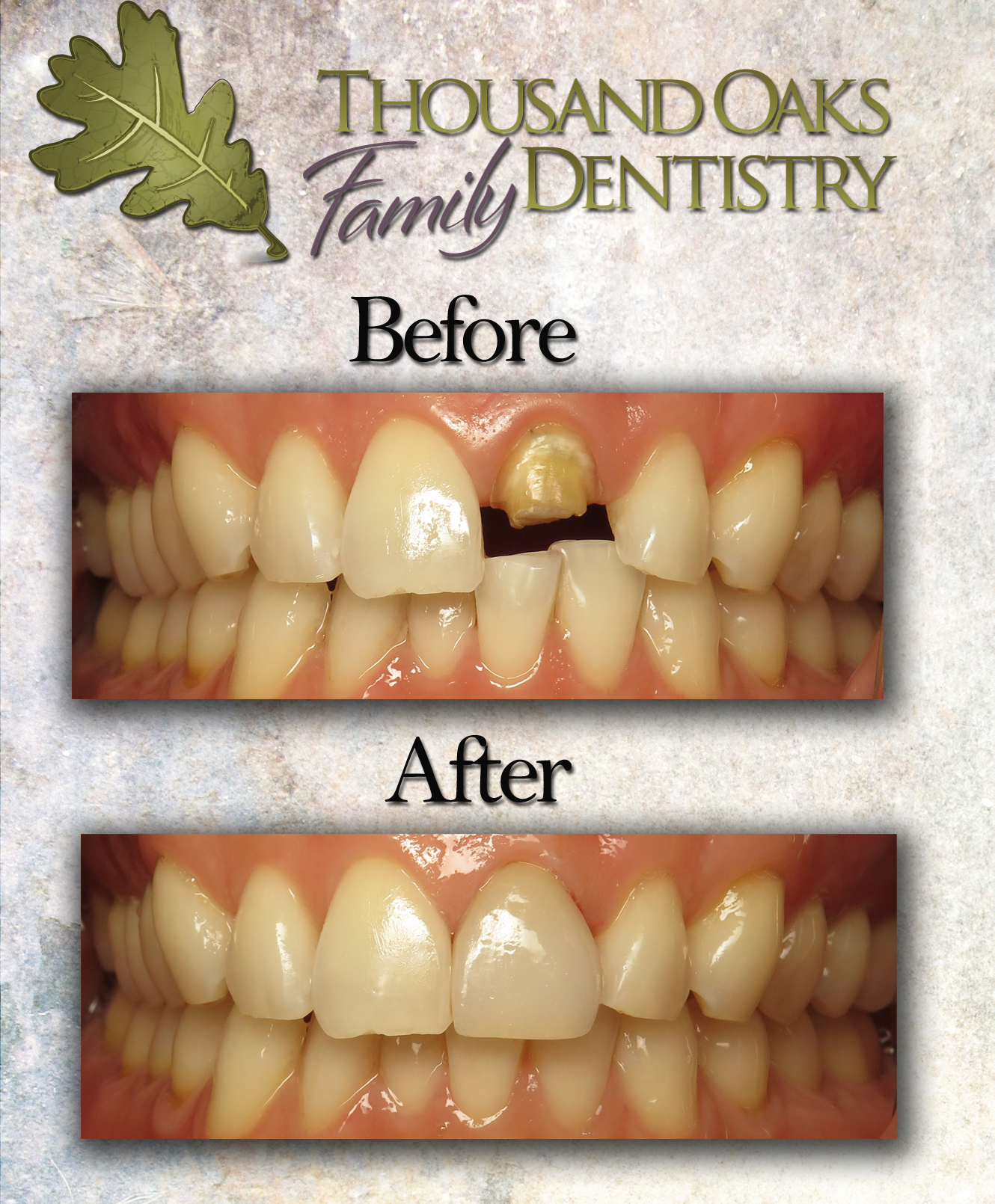With the wide variety of mouthwashes and rinses available today, choosing a product for yourself can be quite the challenge. Between Listerine, Biotene, ACT rinse and others, there is certainly a multitude of options. However, which product should you be using? Should you be using any mouth rinses? Read on to find out how to choose the best product for your oral health.
Many patients will start using a mouthwash as a response to bad breath. In reality, the best a mouthwash can do is mask bad breath with its flavoring. Even the strongest tasting and most astringent rinses can only help as a temporary measure. Your best bet in preventing bad breath is upping your home hygiene. Specifically, flossing and tongue brushing can have a noticeable and lasting impact on the way your breath smells.
Listerine is the most widely recognized and used mouth rinse on the market. Many patients seek the burning sensation under the idea that "if it hurts- it's working." In reality, Listerine and other alcohol based mouthwashes are designed to target periodontal disease. These rinses rely on alcohol to eliminate bacteria in the gums and pockets around the teeth. Patients with healthy gum tissue will likely not see any marked benefit from using these products. On the contrary, alcohol rinses tend to be slightly acidic which can contribute to enamel demineralization and the tooth decay process.
For those that are interested in using a mouthwash, almost everyone can benefit from ACT Fluoride Rinse. While it lacks the burn of alcohol based mouthwashes, ACT rinse contains a therapeutic concentration of fluoride. Since Fluoride works by being in contact with dental enamel, using it in a rinse to bathe your teeth is an excellent application. For the best use, rinse with ACT after brushing, spit, and do not rinse with water. Allowing the product to have maximum contact with the teeth is key to its cavity fighting powers!
For patients with chronically dry mouths (a condition called xerostomia), products such as Biotene are an excellent choice. One of the main ingredients in Biotene is xylitol, a natural sugar substitute. In this application, xylitol helps stimulate salivation and protects against cavity causing bacteria. Because our natural saliva is protective against tooth decay, patients with dry mouths are at an extremely high risk for developing new cavities. Overall, Biotene can have a significant impact on the comfort and dental health of those patients with xerostomia.
It is important to remember that patients with excellent oral health may not need to use a mouthwash. For many, brushing twice a day with fluoride toothpaste and flossing is sufficient to maintain tooth and gum health. If you would like more advice on rinses or any other part of oral hygiene, feel free to give our office a call!






















